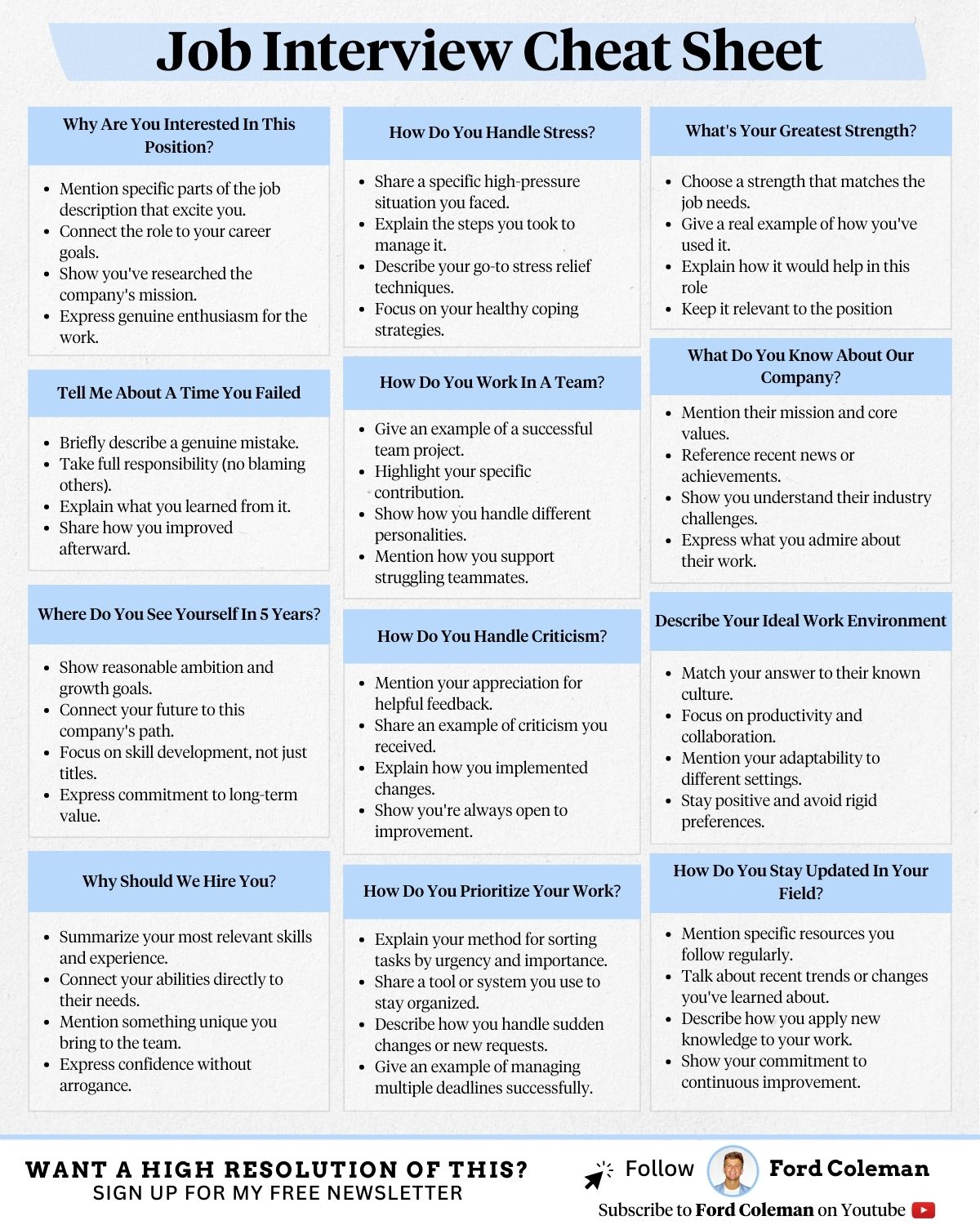BREAKING NEWS
LATEST POSTS
-
Thomas Müller nv-tlabs GEN3C – 3D-Informed World-Consistent Video Generation with Precise Camera Control
https://github.com/nv-tlabs/GEN3C
Load a picture, define a camera path in 3D, and then render a photoreal video.

-
AI and the Law – Disney, NBCU sue Midjourney over copyright infringement
https://www.axios.com/2025/06/11/disney-nbcu-midjourney-copyright
Why it matters: It’s the first legal action that major Hollywood studios have taken against a generative AI company.
The complaint, filed in a U.S. District Court in central California, accuses Midjourney of both direct and secondary copyright infringement by using the studios’ intellectual property to train their large language model and by displaying AI-generated images of their copyrighted characters.
-
ComfyRun – A fully open source and self-hosted solution to run your ComfyUI workflows at blazing fast speeds on cloud GPUs
https://github.com/punitda/ComfyRun
Best suited for individuals who want to
- Run complex workflows in seconds on the powerful GPUs like A10G, A100, and H100
- Experiment with any workflows you find across web without worrying about breaking your local ComfyUI environment
- Edit workflows on the go
-
Python Windows environment requirements vs apps and custom venv installs

Think of Python like a big toolkit of tools (the interpreter and all its libraries). On Windows, you need to install that toolkit in one place so the operating system knows “Here’s where Python lives.” Once that’s in place, each application can make its own little copy of the toolkit (a venv) to keep its dependencies separate. Here’s why this setup is necessary:
(more…) -
Google Stitch – Transform ideas into UI designs for mobile and web applications
https://stitch.withgoogle.com/
Stitch is available for free of charge with certain usage limits. Each user receives a monthly allowance of 350 generations using Flash mode and 50 generations using Experimental mode. Please note that these limits are subject to change.
FEATURED POSTS
-
No one could see the colour blue until modern times
https://www.businessinsider.com/what-is-blue-and-how-do-we-see-color-2015-2

The way humans see the world… until we have a way to describe something, even something so fundamental as a colour, we may not even notice that something it’s there.
Ancient languages didn’t have a word for blue — not Greek, not Chinese, not Japanese, not Hebrew, not Icelandic cultures. And without a word for the colour, there’s evidence that they may not have seen it at all.
https://www.wnycstudios.org/story/211119-colorsEvery language first had a word for black and for white, or dark and light. The next word for a colour to come into existence — in every language studied around the world — was red, the colour of blood and wine.
After red, historically, yellow appears, and later, green (though in a couple of languages, yellow and green switch places). The last of these colours to appear in every language is blue.The only ancient culture to develop a word for blue was the Egyptians — and as it happens, they were also the only culture that had a way to produce a blue dye.
https://mymodernmet.com/shades-of-blue-color-history/True blue hues are rare in the natural world because synthesizing pigments that absorb longer-wavelength light (reds and yellows) while reflecting shorter-wavelength blue light requires exceptionally elaborate molecular structures—biochemical feats that most plants and animals simply don’t undertake.
When you gaze at a blueberry’s deep blue surface, you’re actually seeing structural coloration rather than a true blue pigment. A fine, waxy bloom on the berry’s skin contains nanostructures that preferentially scatter blue and violet light, giving the fruit its signature blue sheen even though its inherent pigment is reddish.
Similarly, many of nature’s most striking blues—like those of blue jays and morpho butterflies—arise not from blue pigments but from microscopic architectures in feathers or wing scales. These tiny ridges and air pockets manipulate incoming light so that blue wavelengths emerge most prominently, creating vivid, angle-dependent colors through scattering rather than pigment alone.
(more…)






